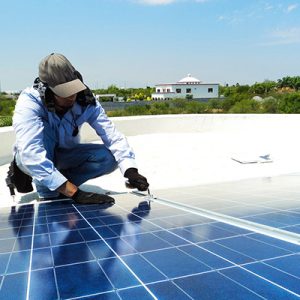
200 Watt Solar Panel
Our solar panels offer a wide range of power output options to suit your specific needs. Whether you’re powering a small device or an entire home, we have the perfect solar panel solution.
solar panels are available in 200W, 250W, 350W, 500W, etc., and are used in industrial energy storage, home energy storage and other scenarios. They are sold directly by the manufacturer, support customization, and have preferential prices.

Our solar panels offer a wide range of power output options to suit your specific needs. Whether you’re powering a small device or an entire home, we have the perfect solar panel solution.

Rigid 300W solar panel: mainly solar cell sheet with TPT backsheet makes the 300W solar panel rigid.300W rigid solar panel is the choice of most families. It can be applied to home electricity, solar street light, roof leveling RV, PV farm and so on.

The Characteristics of Polycrystalline Solar Panels In the solar panel industry, monocrystalline solar panels and polycrystalline solar panels are constantly being compared with each other.

A 250-watt solar panel will produce approximately 1 kWh of solar power per day. This figure will vary depending on your geographic location, shading, the panel’s power tolerance, and the angle of your panels.
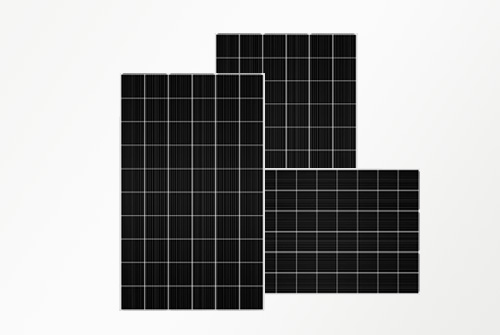
By choosing the 550 Watt Solar Panel, you’re making a conscious choice for a cleaner and greener future. It offers efficiency, reliability, and a steadfast commitment to sustainability, aligning perfectly with your eco-conscious values. Embrace the power of the sun with confidence and efficiency – choose JXCT’s 550 Watt Solar Panel for a brighter and more sustainable tomorrow.
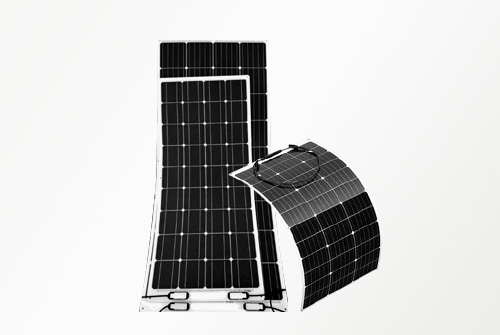
Our solar panel offer a wide range of power output options to suit your specific needs. Whether you’re powering a small device or an entire home, we have the perfect solar panel solution.
Professional solar panel supplier

Generating your own electricity can significantly reduce or even eliminate your monthly utility bills.

Installing solar panels can be a valuable asset that increases your home's resale value.

Solar panels reduce your reliance on the utility grid, providing greater energy security.

Once installed, solar panel systems generally require very little maintenance because they have no moving parts.
Monocrystalline panels offer the best efficiency and power capacity of any panel type. Monocrystalline solar panels may achieve efficiencies of more than 20%, whereas polycrystalline solar panels often achieve efficiencies of 15 to 17%.
Overall, while a 200W solar panel may be sufficient for an RV fridge, it may not be enough for a home fridge, highlighting the need to assess power requirements and consider a complete solar power kit for reliable, off-grid power.
The disadvantages of solar panels include high upfront costs, dependence on intermittent sunlight (influenced by weather and time of day), energy storage challenges for nighttime or cloudy periods, significant space requirements, potential environmental impacts from manufacturing and disposal, geographic limitations, and maintenance needs for optimal performance. Other concerns involve potential damage to panels, the aesthetic impact for some individuals, and possible impacts on property taxes.
Yes, installing solar panels yourself is possible. If you’re gradually building a Smart Home Ecosystem by purchasing the whole home generator, power stations, and other components, self-installation allows you to spread out the costs.
The 120% rule is one of the go-to guidelines in solar. It sets a cap on system size—no more than 120% of the main breaker’s rating—so the panel doesn’t get overloaded. The idea is simple: keep the grid safe and steady while still letting homeowners or businesses push power back through their systems.
The size, shape, and slope of your roof are also important factors to consider. Typically, solar panels perform best on south-facing roofs with a slope between 15 and 40 degrees, though other roofs may be suitable too. You should also consider the age of your roof and how long until it will need replacement.
Panels are Old or Worn Out
Although most of the panels are designed to last up to 25-30 years, their efficiency automatically starts getting low. With time, they may not be able to generate energy at a level that justifies keeping them in place.
Solar panels work through all four seasons of the year, come rain or shine, or even hail or in light snow. But solar panels do generally produce less energy in winter. That’s because the days are shorter, so there are fewer hours of daylight and the sun is lower in the sky, on average.
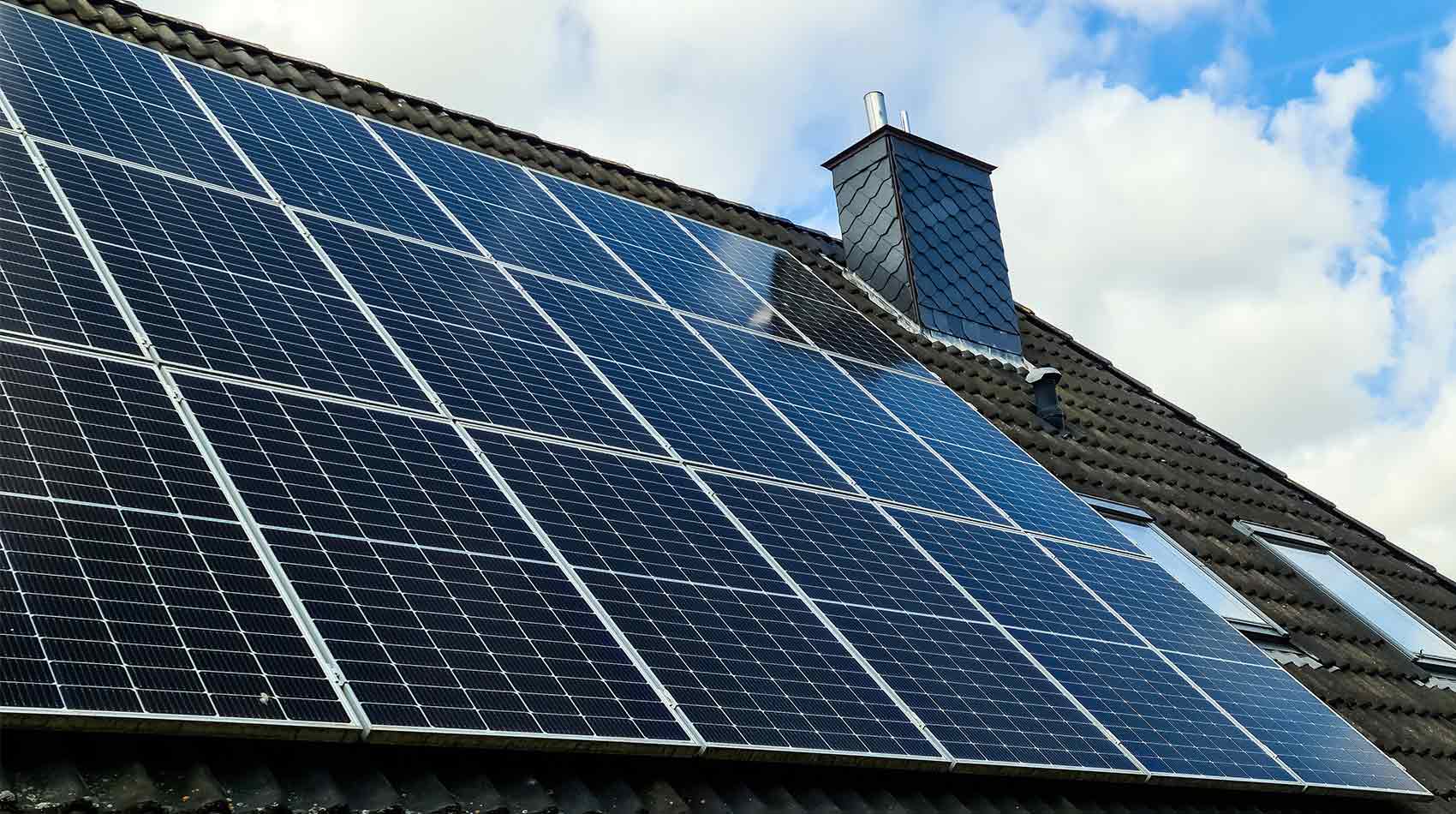
Home solar panels use photovoltaic cells to convert sunlight into electricity, which can reduce electricity bills, increase energy independence, and lower a home’s carbon footprint. The system generates DC electricity, which an inverter then converts to AC power for use in the home, with excess energy potentially sent back to the grid for credits. with a typical payback period of 5 to 7 years through electricity savings.
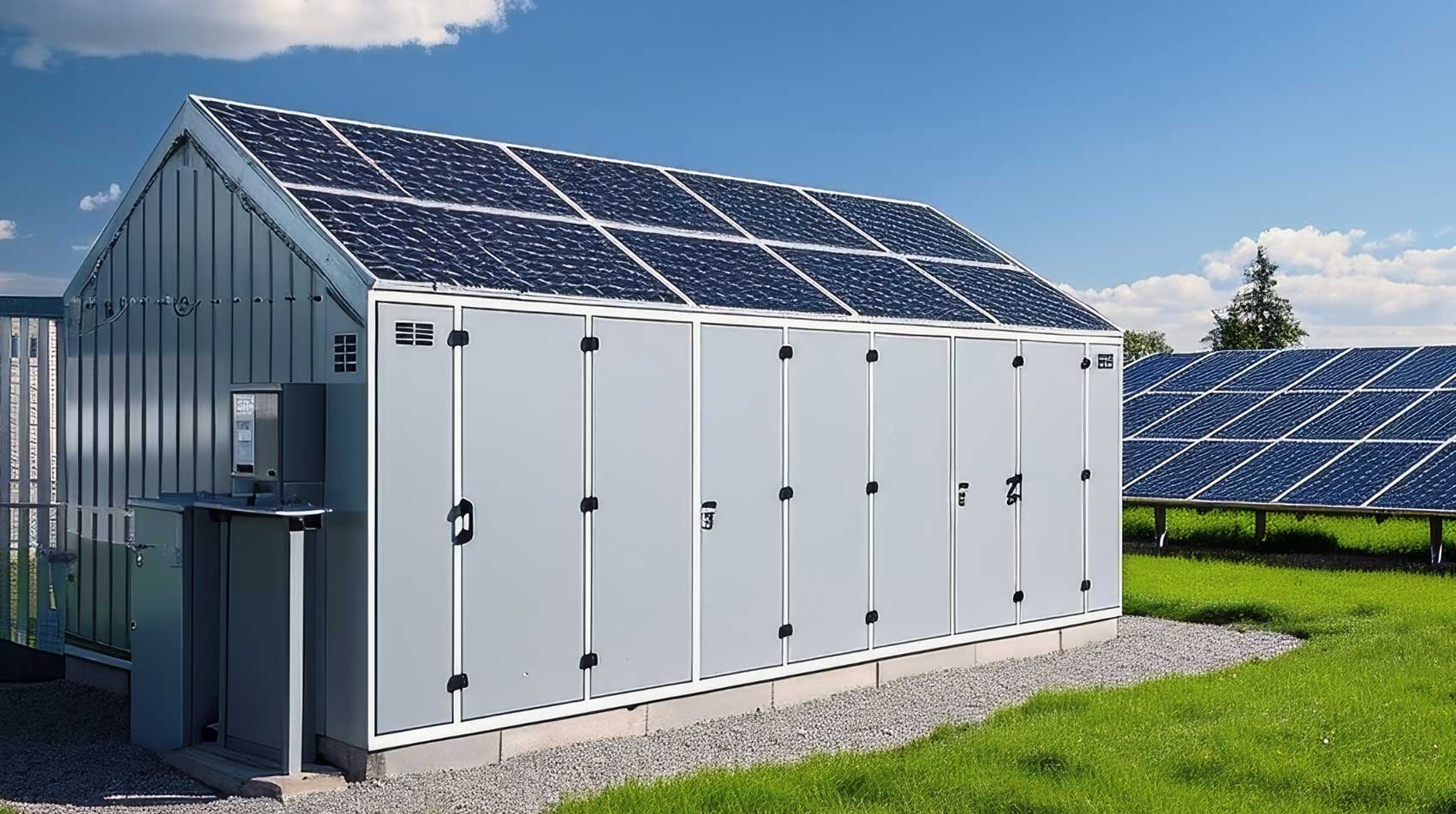
Commercial solar panels are large-scale photovoltaic (PV) systems designed to generate electricity for businesses, using panels on rooftops or land to convert sunlight into usable energy. These systems help reduce a company’s electricity costs, improve energy independence, and support sustainability goals by lowering carbon emissions. Key benefits include long-term savings on energy bills, a boost to property value, and the potential to sell excess energy back to the grid.
